Researchers have discovered how two brain areas, neocortex and thalamus, work together to detect discrepancies between what animals expect from their environment and actual events.
Sainsbury Wellcome CentreAug 28 2024 These prediction errors are implemented by selective boosting of unexpected sensory information. These findings enhance our understanding of predictive processing in the brain and could offer insights into how brain circuits are altered in autism spectrum disorders and schizophrenia spectrum disorders .
Our brains constantly predict what to expect in the world around us and the consequences of our actions. When these predictions turn out wrong, this causes strong activation of different brain areas, and such prediction error signals are important for helping us learn from our mistakes and update our predictions. But despite their importance, surprisingly little is known about the neural circuit mechanisms responsible for their implementation in the brain.
To understand how the brain generates this amplification of the unexpected sensory input in the visual cortex, the team used a technique called optogenetics to inactivate or activate different groups of neurons.
And indeed, Dr Furutachi's work revealed that VIP neurons and pulvinar act synergistically together. VIP neurons act like a switch board: when they are off, the pulvinar suppresses activity in the neocortex, but when VIP neurons are on, the pulvinar can strongly and selectively boost sensory responses in the neocortex. The cooperative interaction of these two pathways thus mediates the sensory prediction error signals in visual cortex.
Autism Cortex Neocortex Neurons Research Schizophrenia Thalamus Virtual Reality
United Kingdom Latest News, United Kingdom Headlines
Similar News:You can also read news stories similar to this one that we have collected from other news sources.
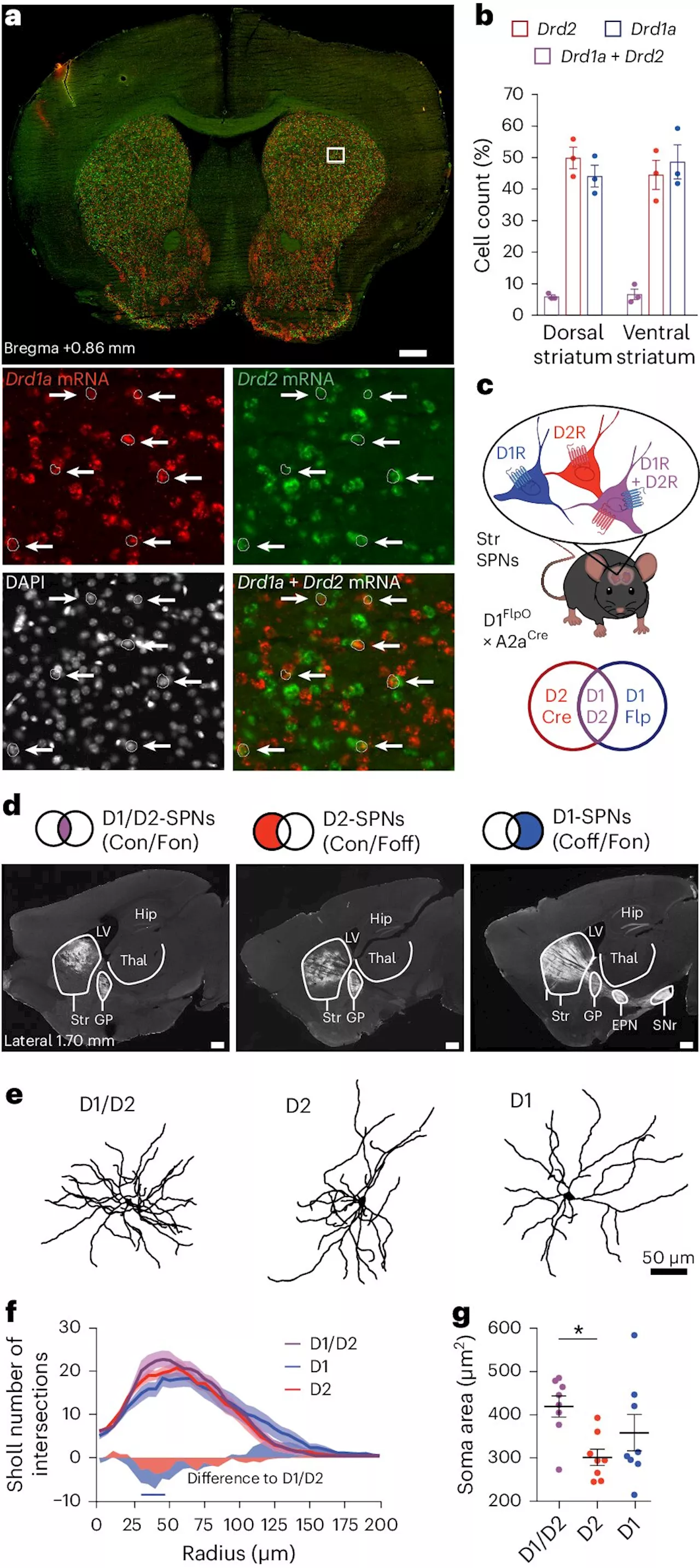 Neuroscientists discover small group of dopamine neurons play critical role in controlling range of behaviorsA finding by a McGill-led team of neuroscientists could open doors to new treatments for a range of psychiatric and neurological disorders attributed to dysfunctions in specific dopamine pathways.
Neuroscientists discover small group of dopamine neurons play critical role in controlling range of behaviorsA finding by a McGill-led team of neuroscientists could open doors to new treatments for a range of psychiatric and neurological disorders attributed to dysfunctions in specific dopamine pathways.
Read more »
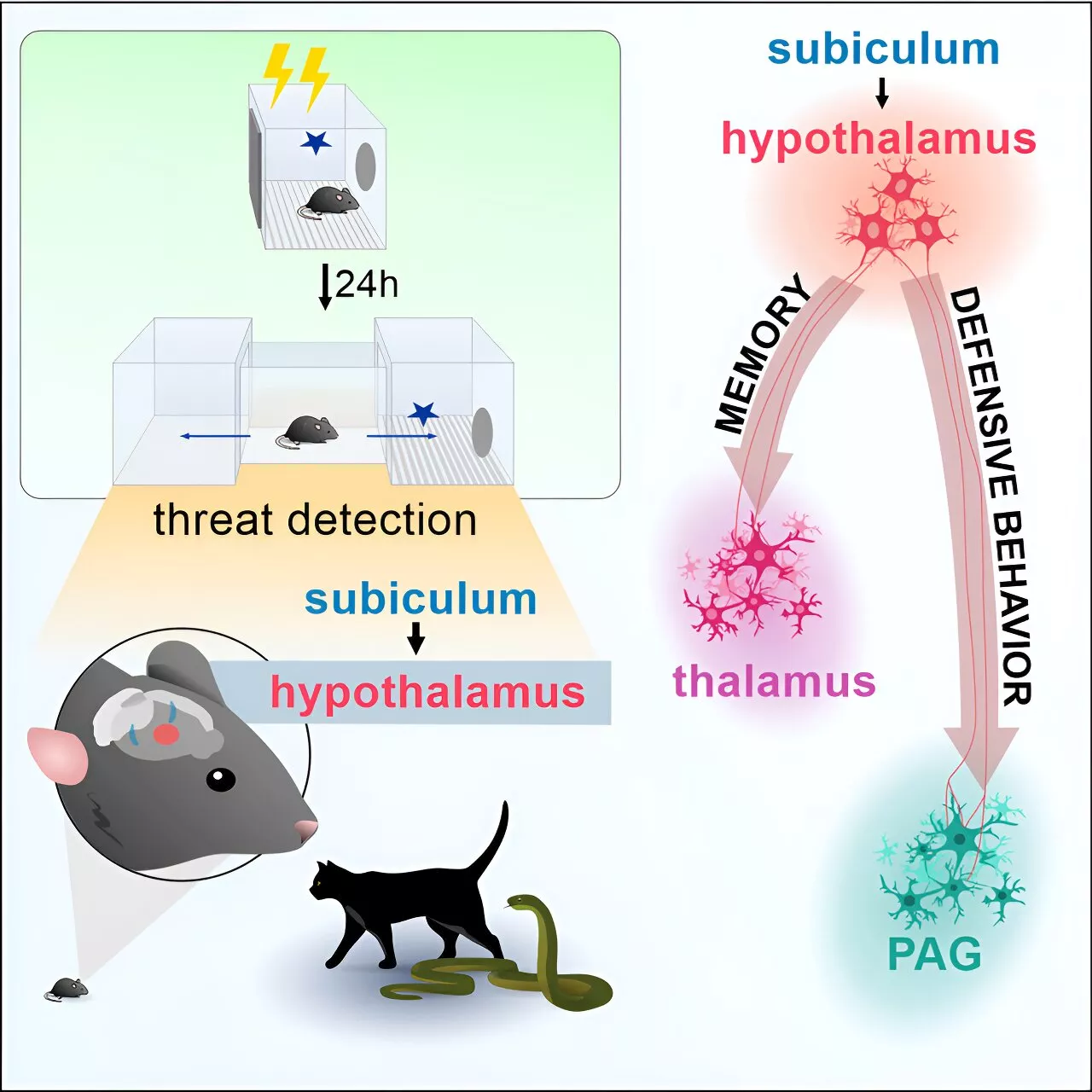 Researchers map brain circuits that signal immediate danger and create memories to help avoid threatsAn article published in the journal Current Biology describes experiments that mapped a brain circuit responsible for instantly detecting threats and forming memories of fear.
Researchers map brain circuits that signal immediate danger and create memories to help avoid threatsAn article published in the journal Current Biology describes experiments that mapped a brain circuit responsible for instantly detecting threats and forming memories of fear.
Read more »
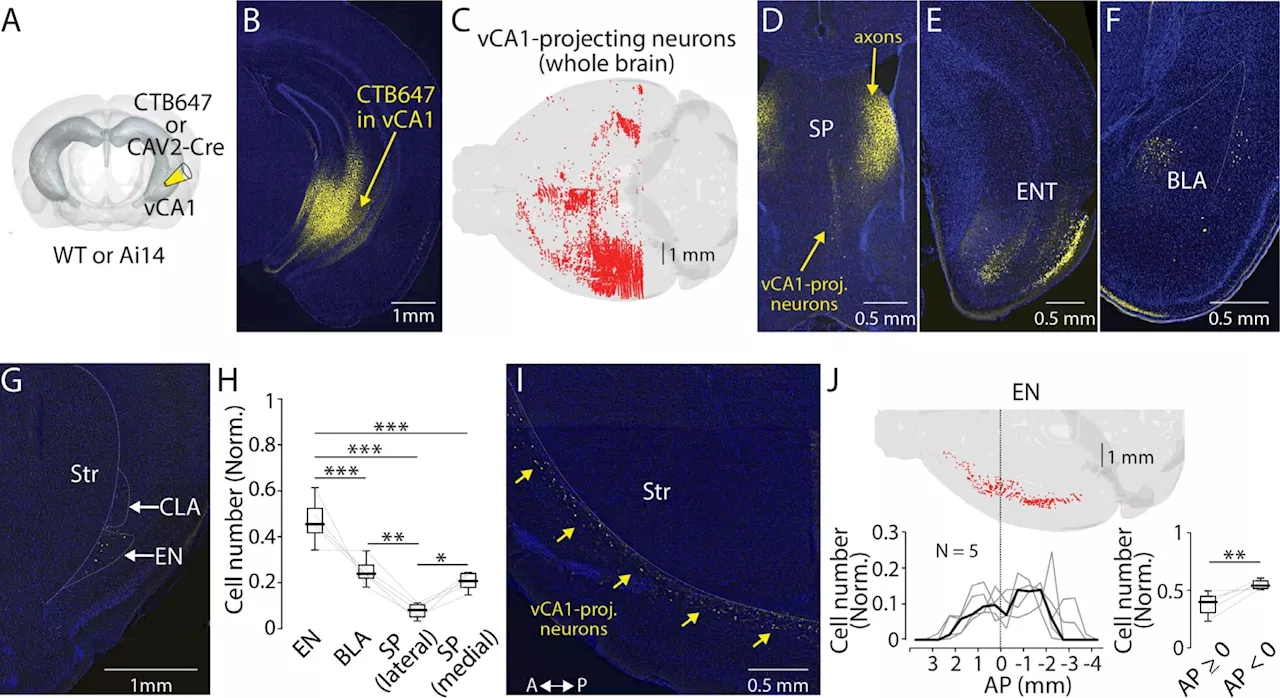 Researchers discover brain circuit that controls ability to recall information and memoriesDaily, we encounter new people, situations, and things that require our attention. Fortunately, there is an area in the brain that contributes to consciousness and awareness. This area is called the 'Claustrum complex' and is located deep within the brain in each hemisphere.
Researchers discover brain circuit that controls ability to recall information and memoriesDaily, we encounter new people, situations, and things that require our attention. Fortunately, there is an area in the brain that contributes to consciousness and awareness. This area is called the 'Claustrum complex' and is located deep within the brain in each hemisphere.
Read more »
 Researchers closer to figuring out what causes exercise to boost your brainA study exploring the mechanisms behind why cognitive performance improves in response to exercise, has revealed forced muscle movement doesn't have the same effect as voluntary.
Researchers closer to figuring out what causes exercise to boost your brainA study exploring the mechanisms behind why cognitive performance improves in response to exercise, has revealed forced muscle movement doesn't have the same effect as voluntary.
Read more »
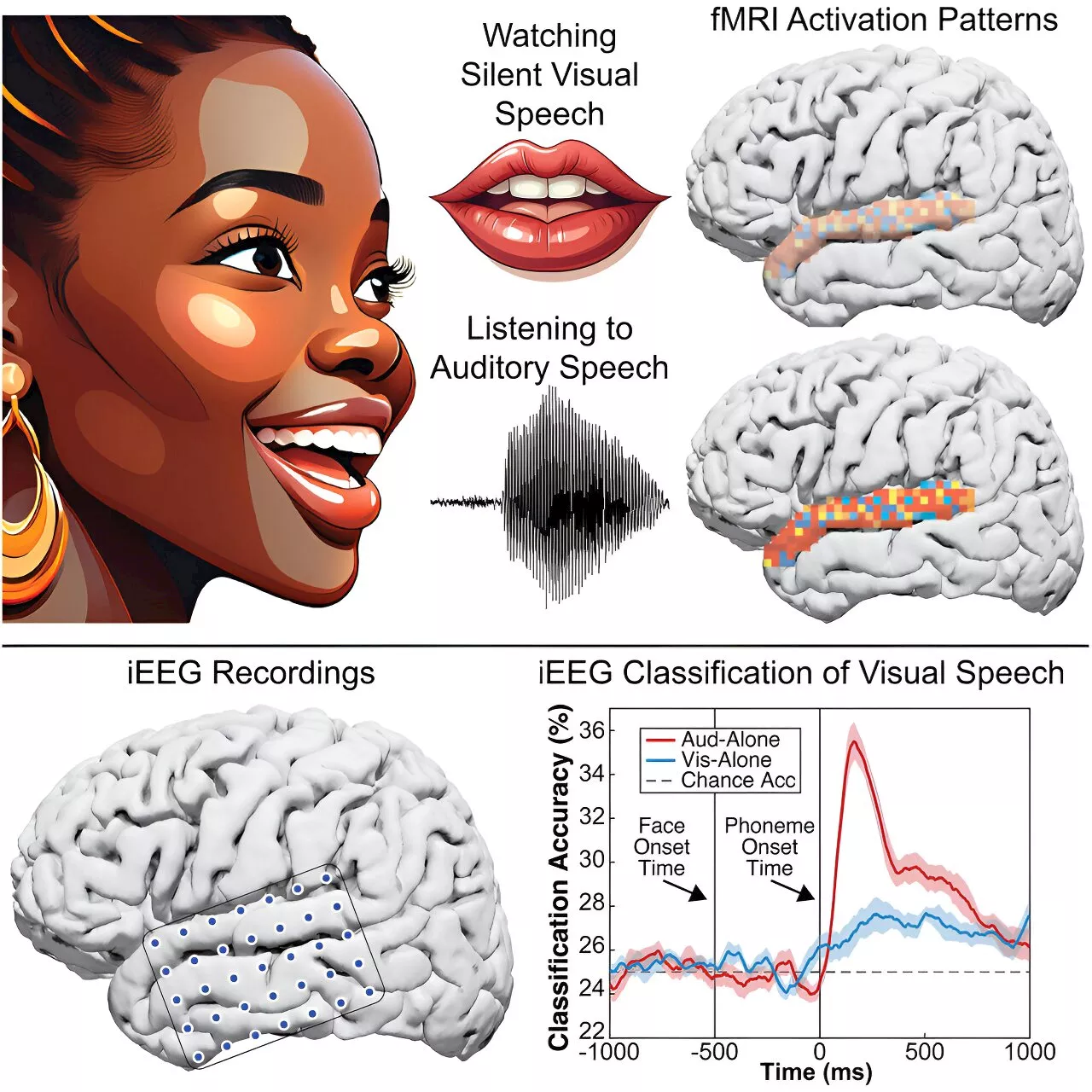 Lip reading activates brain regions similar to real speech, researchers showLip-read words can be decoded from the brain's auditory regions similarly to heard speech, according to a new University of Michigan report that looked at how vision supports verbal perception.
Lip reading activates brain regions similar to real speech, researchers showLip-read words can be decoded from the brain's auditory regions similarly to heard speech, according to a new University of Michigan report that looked at how vision supports verbal perception.
Read more »
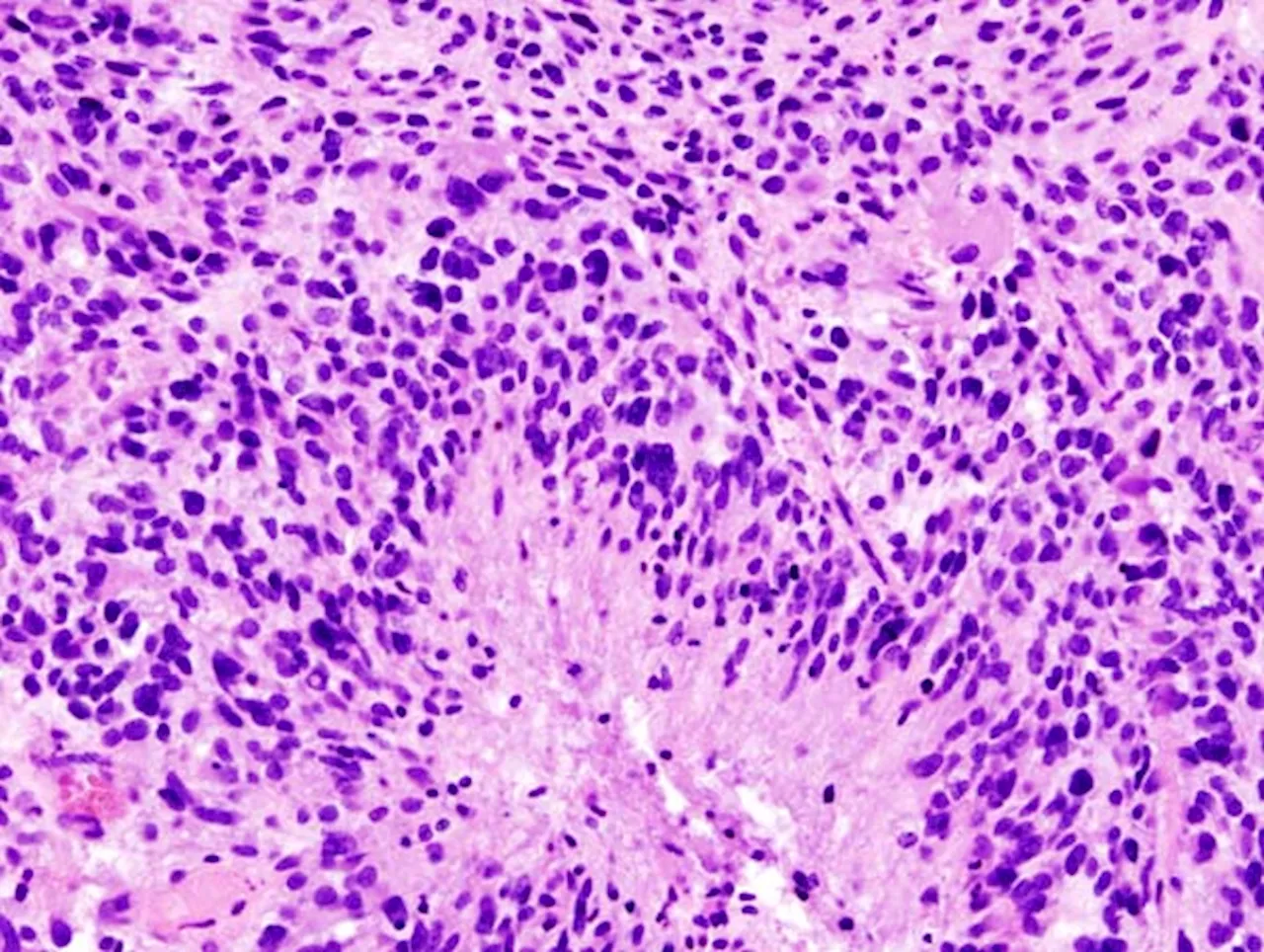 Researchers develop promising therapy treatment that can kill glioblastoma cells in newly-discovered brain pathwayA new pathway that is used by cancer cells to infiltrate the brain has been discovered by a team of Canadian and American research groups led by the Singh Lab at McMaster University. The research also reveals a new therapy that shows promise in blocking and killing these tumors.
Researchers develop promising therapy treatment that can kill glioblastoma cells in newly-discovered brain pathwayA new pathway that is used by cancer cells to infiltrate the brain has been discovered by a team of Canadian and American research groups led by the Singh Lab at McMaster University. The research also reveals a new therapy that shows promise in blocking and killing these tumors.
Read more »
